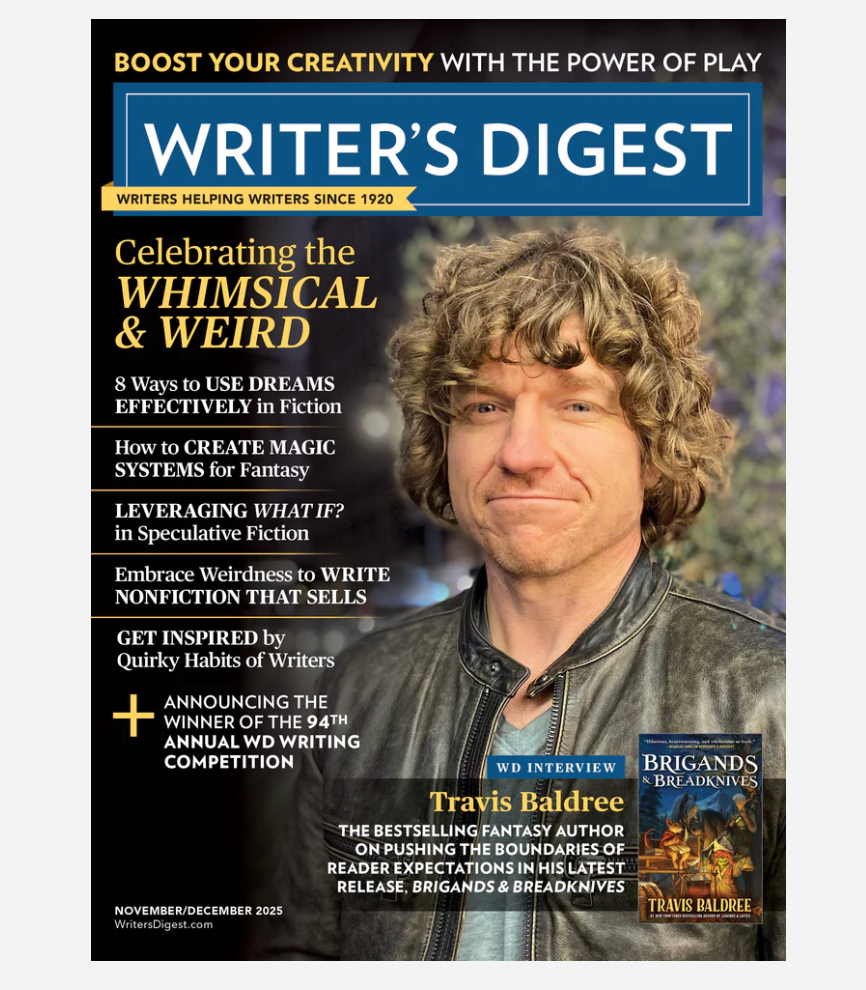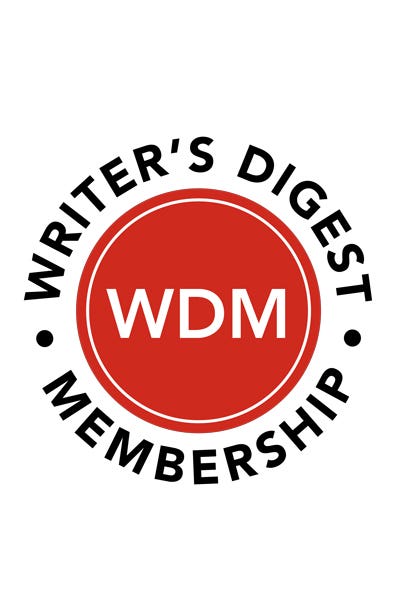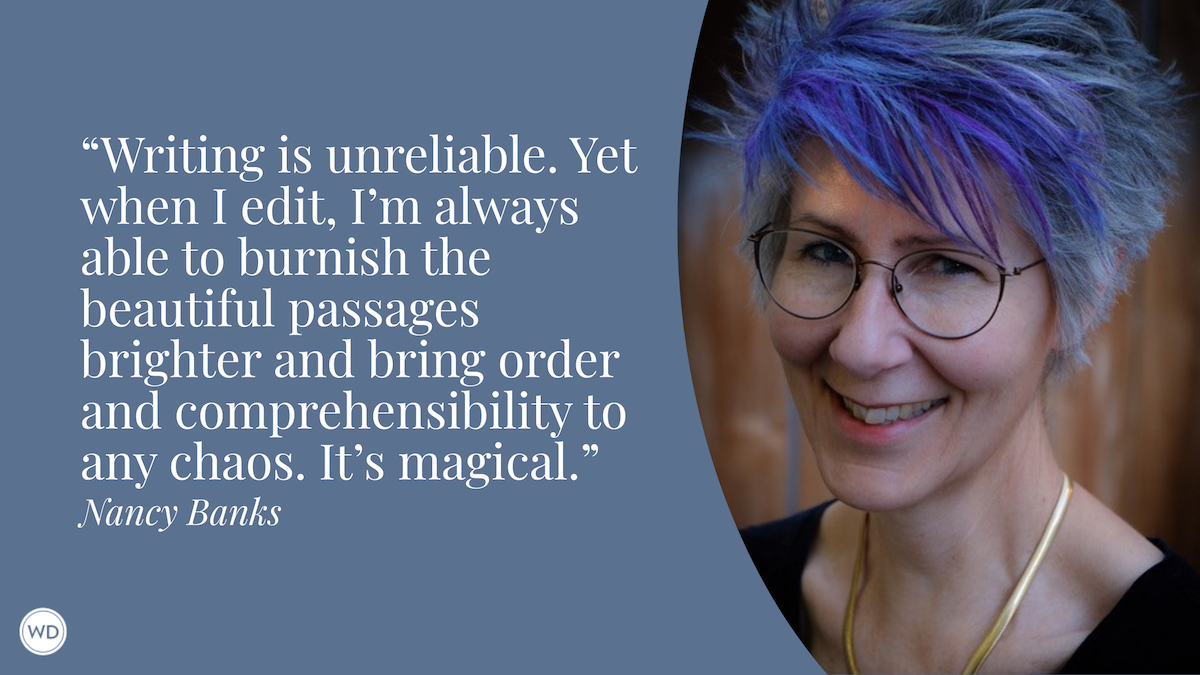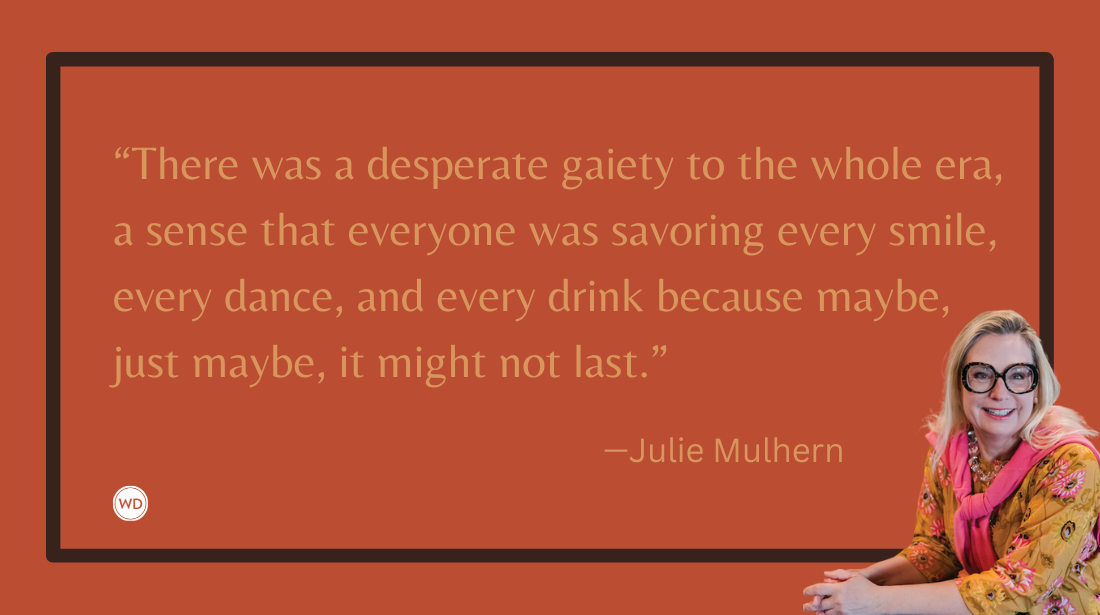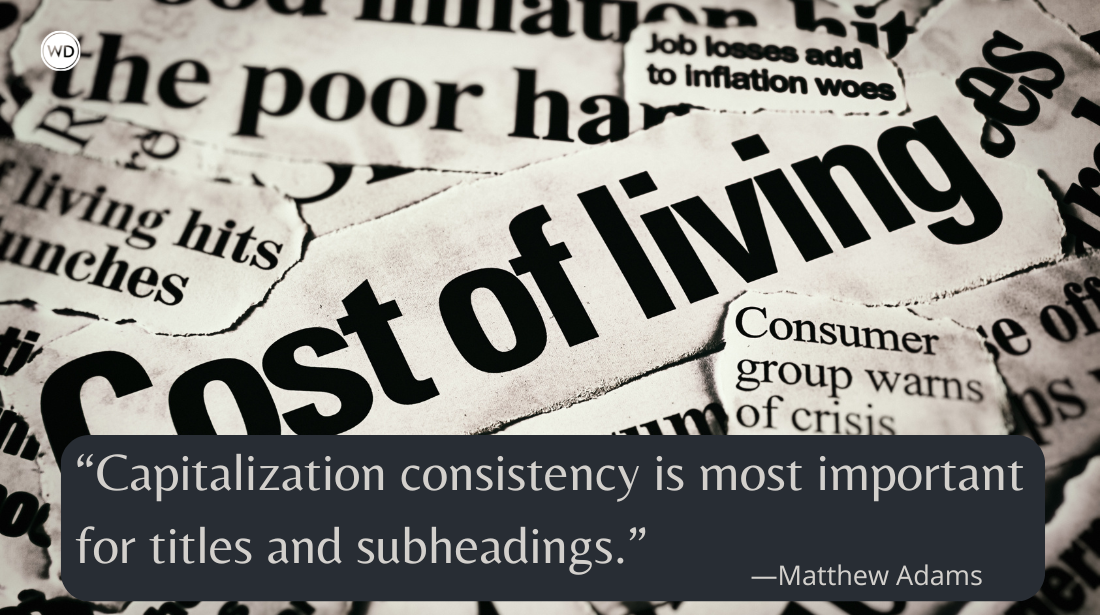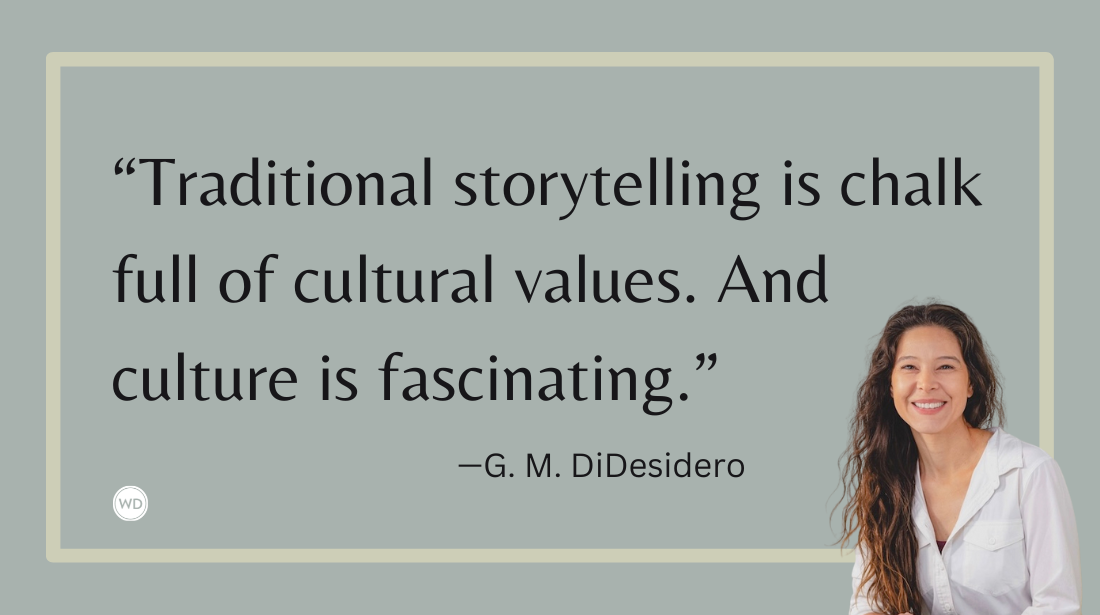The Set List: How to Order Short Stories in a Collection
Congratulations, you’ve written a collection of short stories! Now, how do you want them to be read? Author Jolene McIlwain discusses how to order short stories in a collection.
Imagine: You’ve got a bunch of stories and you want to create a solid, meaningful collection. But you’re holding in your mind every story you’ve ever written, wanted to write, and those latent images of what you’d hoped each story would be swirling around your mind. I felt this pressure while putting together my debut short story collection, Sidle Creek.
“Start and end with the strongest pieces,” advised nearly everyone I asked. Makes sense. However, this was not necessarily something I could seem to figure out on my own. First, I had to define strong. I soon found out strong was a highly debatable, slippery term.
Writer friends and I exchanged emails with lines like, “Start with the one about the guy who falls in love with the deer.” “The Steep Side, definitely start with that one!” “That fortune-teller story might be a cool beginning, right?” All helpful suggestions! I noted them, tried to build a consensus, made a list of previously published and finalists in contests, etc. But the idea of a “strong story” turned out to be complicated.
Former senior editor at Henry Holt, literary agent Barbara Jones, stressed, in her Tinker Mountain workshop on publishing, the importance of opening your book with a clear indication of what the reader is in for—or, in poker terms, “showing your hand.” Will the reader know, from the first few pages, upon what kind of journey they’ve embarked? This was a question I could answer more objectively. I could add this idea to the definition of strong.
After much back and forth, I decided to begin my collection with a story that ticked the boxes I thought were important. It should 1) introduce readers to the place, the language of the people, 2) include themes of growth and connections to nature (and between people), 3) show a bit of humor, 4) signal the thorny subjects of loss and grief, and 5) offer a hint of the supernatural. The title story “Sidle Creek” seemed to have it all. Was it the strongest? I’ll let readers decide, but I had ticked boxes to make my case. In theory, the writer should feel all of the stories are strongest, favorites, so it’s always going to be a tough choice, but this idea of what hand you’re playing … it says a lot, and this strategy limits choices.
Choosing a strong ending story presents a slightly different problem. Your reader knows the types of stories they’ve read, so the final piece should be something concrete and emotional you want to leave your reader with, something that resonates. Again, this is another choice you can make if you’re clear on how you want the reader to feel after they close the book.
I was sure of one thing: After expecting someone to read a book that included some tough stories about grief, loss, violence, regret, I wanted to offer a hopeful ending, one that signaled growth and expansion. The final word in my collection is the word “green.” That was by design. Survey your stories to see if there’s one that encompasses a theme that’s very important to you, that might leave a lasting impression you’re happy with.
But what about the middle?
I moved to my go-to strategy for dealing with issues that typically drive me bonkers: I make charts and lists. At first it may have seemed a wonderful procrastination activity. It probably was. But it ended up being a very illuminating step. Looking objectively at stories through quantifiable data—as I’d taught my literary theory and analysis students to do—can be a study in strengths, weakness, preferences.
I began with lists and charts of the easiest things to spot: POV, setting, length, tense, tone (under tone I noted “dark,” “happy,” “not sure”). The data can surprise. While I thought several of my stories were written in a female POV, I realized quickly that wasn’t the case. While I thought most took place in the fictional rural fringe, I saw that they were evenly balanced between rural small town and rural distant.
I had a balance of lengths—ranging from flash (under 1k) to 9k to 11k word stories. Most were written in past tense, with two outliers that played with tense for effect. I had a mix of tones. What to do with this information, however, and how it would translate into ordering stories, was another task altogether. But I had my data—and it was even color-coded!
Then I turned to my teachers from college and beyond. I found notes from a course called “Short Story Theory” in which I’d read the books Short Story Theory at a Crossroads (Susan Lohafer and Jo Ellyn Clarey) and The New Short Story Theories (Charles E. May). In these books I had learned so much about the history of short stories and how they are processed, how they function, as well as how collections—especially those that attempt a linked or sequenced structure—can work as pieces of art.
Then I reread the chapter in David Jauss’s book Alone With All that Could Happen titled “Stacking Stones.” It is a godsend and will show you all the ways collections can be ordered. Using the search function, I hunted down recurring words. I looked for parallels and contrasts in themes, potential framing stories, as Jauss’s essay suggests. And I sought out connections, motifs, and liaisons, the ways stories speak to one another, intertextually, beyond the fact that they were linked by setting, and specifically by the Sidle Creek itself.
For example, one recurring theme in my collection is fertility/pregnancy. Seeing the stories listed on my chart under that category helped me understand how I might create a through-line. I was beginning my collection with a young girl who was starting her period and ending with a birth. I could place one longer story in between whose plot covered the gestation period of pregnancy. I could take a break from that theme and focus on parenting, and then come back to the themes of infertility and pregnancy.
Also, I decided to position a story near the middle that offers a fortune-telling husband and wife team who read futures on the eggshells of red-winged blackbirds. In this story, there’s a paragraph where several of the collection’s story situations/plots are revealed by the futures this couple had predicted from the eggshells. This story became an anchoring device.
The order, through themes, repetition, chronology, and intertextual conversations, was coming together and I was getting closer. Much closer.
I’ve always felt that story collections aren’t much different than music albums. Some are concept albums—songs linked by recurring themes/content—and some are like samplings or greatest hits albums. This connection between music and writing worlds led me to an idea that was singular in helping me settle on a final order.
Inspired by Jauss’s essay and the theorists of that long-ago short story class, I remembered something from my past musical performance life I could try. I wrote the beginning and ending lines from each story on note cards. I could conjure up a whole story’s tone by listening to myself read those opening and ending lines.
When I was a singer in a rock band, we had a most important task of creating a “set list.” The same problems arise with this task. You must introduce the audience to your sound, let them know which genre of music they’ll be listening to. You continue with songs that draw people in but you don’t yet expect them to dance. Then you put a few zingers in that might make them sit up and listen a bit more closely. Definitely they’re dancing now. So you keep that beat going, it’s a long song, lots of verses. Then you take a break. When you come back from the break, you hit it really hard again. Everyone’s dancing!
Then you end on a piece that will linger with them, the best sort of complicated, but ear-wormy, song that you can’t quite quit.
In order to test the set list in rehearsal, the band plays opening chords of each song. You can assess quickly if it’s working or not, if the transitions are right, if the mood and tone is effective. But you never really know until after the actual performance, when the mics are turned off and you’re tearing down the drum set, winding up the power cords, and someone walks up to you and says, “Damn. You all TORE IT UP! Where you playin’ next?”
Jolene McIlwain’s fiction has been nominated for the Pushcart Prize and appeared in numerous literary journals, and in 2019's Best Small Fictions Anthology. Her work was named finalist for 2018’s Best of the Net, Glimmer Train’s and River Styx’s contests, and was a semifinalist in Nimrod’s Katherine Anne Porter Prize. She taught literary theory/analysis at Duquesne and Chatham Universities and worked as a radiologic technologist before attending college (BS English, minor in sculpture, MA Literature). She was born, raised, and currently lives in a small town in the Appalachian plateau of Western Pennsylvania.


